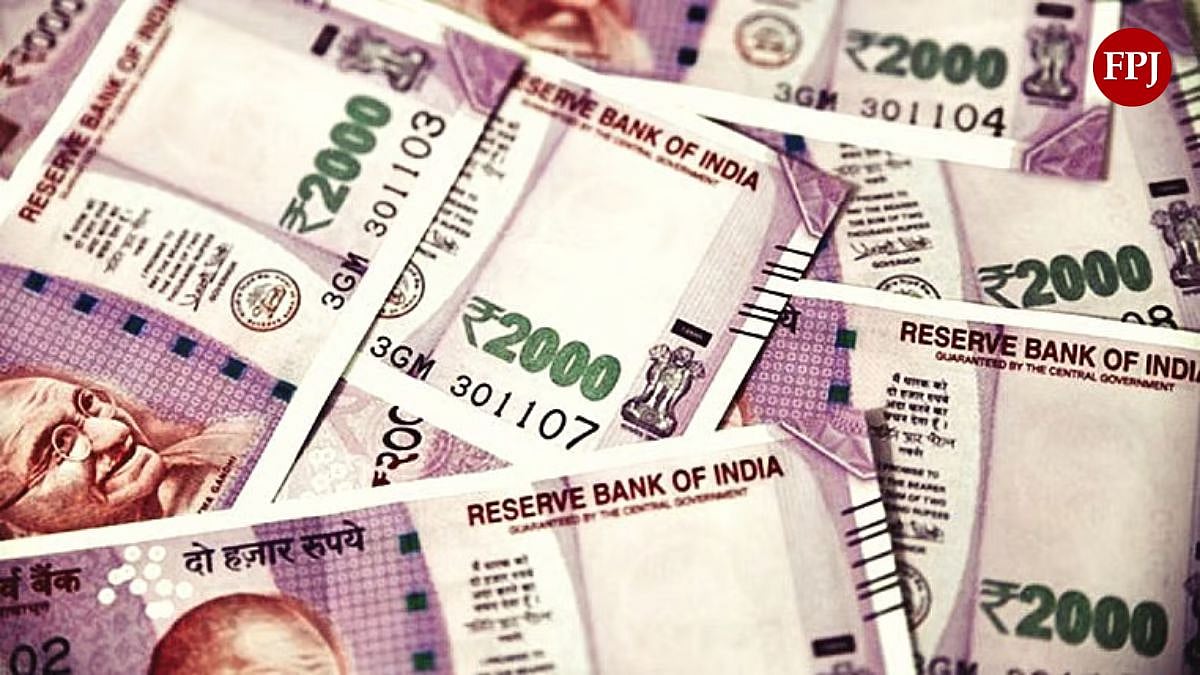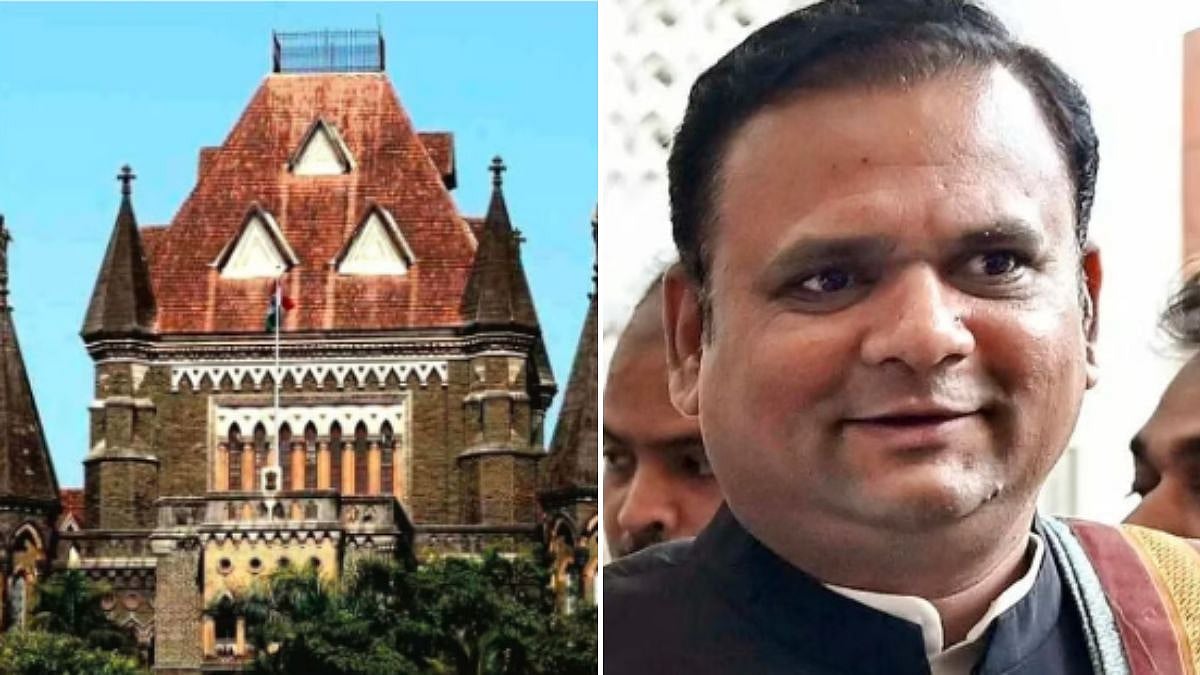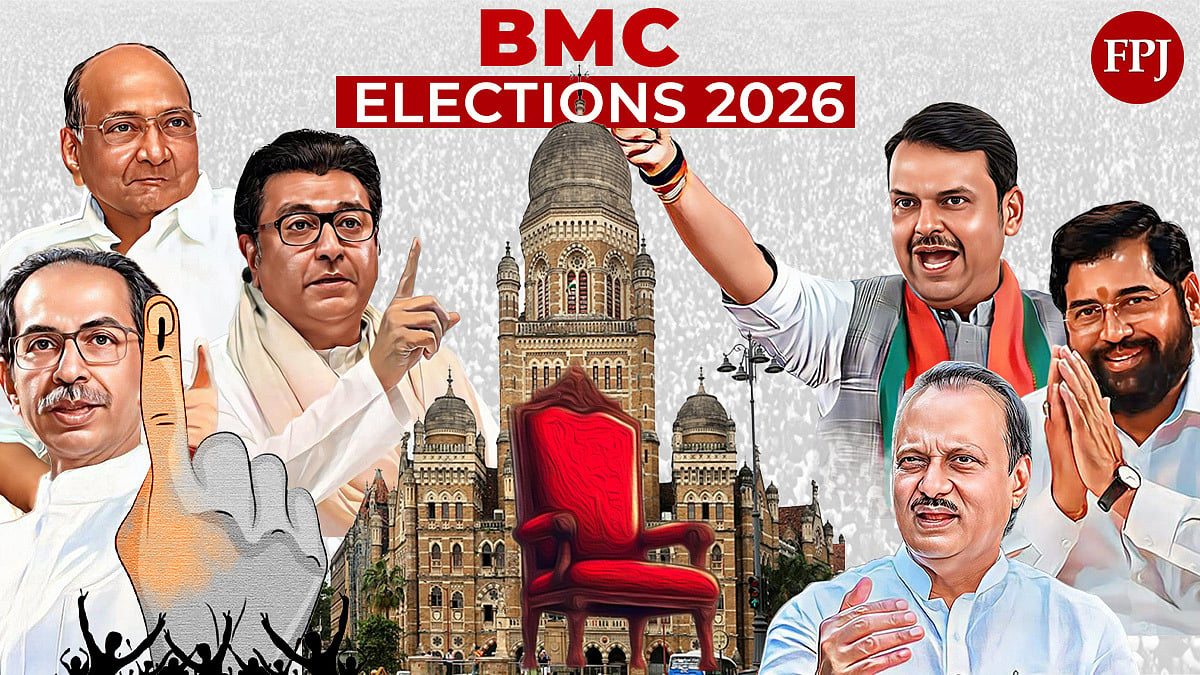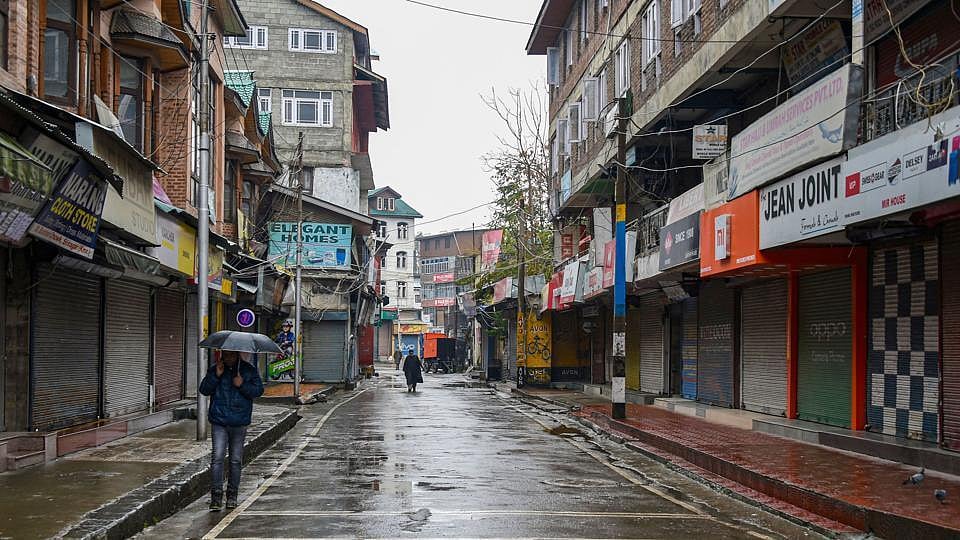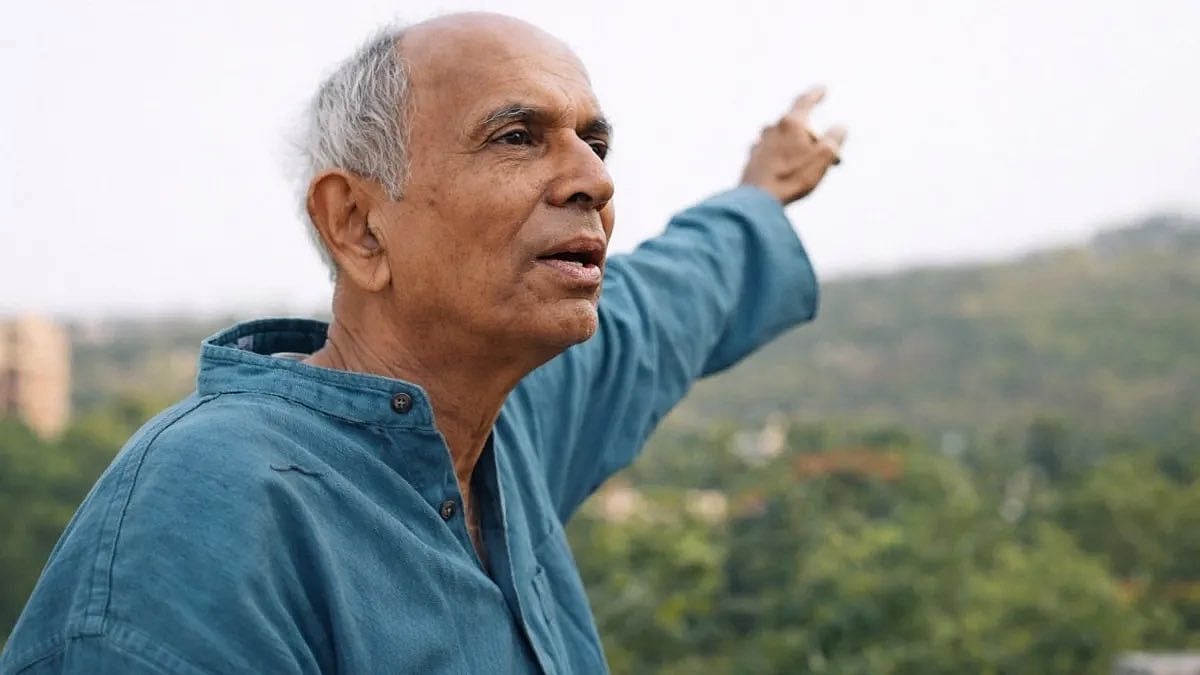The difference hits you in the face as soon as you cross the Thane creek from Mumbai to Navi Mumbai; the narrow, clogged road widens into an eight-lane highway with flyovers at every junction, the in-your-face slums vanish, the railway stations are futuristic and the open spaces and greenery soothe the eyes.
If it were a beauty contest, Navi Mumbai would win it hands down, for looks. Given its enviable quality of life, one can say that it would have aced the quiz round as well. Yet, when it comes to selecting India’s most livable cities, Navi Mumbai is vastly under-rated.
This year, it ranks sixth in the list of livable cities which starts with Bengaluru, followed by Pune, Ahmedabad, Chennai and Surat. Those below Navi Mumbai in the top ten are Coimbatore, Vadodara, Indore and Greater Mumbai.
Largest planned city
Actually, Navi Mumbai is in a class of its own, being the largest planned city in India. Flanked by the forested Parsik range and a thick strip of mangroves, Navi Mumbai has vast open spaces, lagoons, gardens, tree cover and an excellent road and rail network. And the city’s infrastructure is only set to improve in the next five years when the international airport coming up here is fully functional.
Last year, Navi Mumbai was ranked as India’s third-cleanest city. Now, it is striving to dislodge Indore from the top spot. As part of this effort, boundary walls are being painted in bright hues with slogans, social messages and various motifs on them.
Navi Mumbai is also one of the six cities -- and the only one in Maharashtra -- to receive a five-star rating in the list of garbage-free cities in a survey by the ministry of housing and urban affairs.
The charm of Navi Mumbai is that it is half the size of Mumbai, with just 6 per cent of its population. It occupies 344 sq km and has 1.3 million residents to Mumbai’s 603 sq km and 20.4 million. And it is so close to the Maximum City; the Thane creek which separates the two is just three km wide.
Unlike Chandigarh
Navi Mumbai is the common man’s city. Unlike Chandigarh, it is not a city for the affluent, a city for retired bureaucrats, landed gentry and businessmen. A 2010 survey by the City and Industrial Development Corporation (CIDCO) showed that the average family income in Navi Mumbai was Rs 25,000. The same survey revealed that 80 per cent of the residents owned their houses.
Assured water supply, uninterrupted power, piped gas, footpaths and covered drains, reasonably good schools and colleges, neighborhood shopping centres, malls, multiplexes and hospitals make it a livable place.
Navi Mumbai though, owes a debt to Chandigarh, which came up in the fifties under the supervision of urban planner Le Corbusier. The conceptual design of Navi Mumbai was developed at the height of modernism and the design elements of this plan, such as sector planning, hierarchy of roads and open spaces can be seen in Navi Mumbai.
Ease of Living Index
The Union Government’s livability survey -- Ease of Living Index, 2020 – assessed 111 cities on four broad parameters -- governance and social, physical and economic infrastructure. The index, thus, is an assessment tool that evaluates the quality of life and the impact of various initiatives for urban development. However, Navi Mumbai is about to turn 50 and thanks to the foresight of its planners, it ticks all the boxes. Hence, other cities should be measured by the yardstick of Navi Mumbai.
Navi Mumbai is slightly below sea level and manages to keep out the seawater through the Dutch design of holding ponds along the coast, which hold the water during high tide. Over the years, beautiful gardens have come up around the ponds. At times, Punjabi films are shot here, making the holding pond look like Chandigarh’s Sukhna lake.
According to Vandana Vasudevan, author of ‘Urban Villager: Life in an Indian Satellite Town’, Navi Mumbai stands out as one of the most livable satellite cities in the country, with Greater Noida following at some distance.
Misplaced priorities
The rest of the peri-urban towns, she says, have grown on steroids, prioritising swanky malls before drainage systems, rushing along haphazardly, blindly creating social and ecological imbalances. According to her, all of them struggle to define their identity and all have somehow fallen short of expectations, failing their stakeholders.
Going by western standards though, Vienna, Melbourne and Sydney are the top three livable cities, while Damascus, Lagos and Dhaka rank at the bottom. New Delhi and Mumbai rank 118th and 119th out of 140 cities in the Economist Intelligence Unit's Global Livability Index 2019.
Navi Mumbai has 175 civic gardens, covering an area of 6.93 lakh sq m and a tree-to-human ratio of 1:2. It also has recreation centres for senior citizens. For the youngsters, the Parsik hills provide an ideal trekking trail.
Worrying pollution
Navi Mumbai needs to curb pollution from the MIDC industrial belt and dust from illegal quarries and construction sites. As it is, its public hospitals are not in good shape. It also needs to add to its affordable housing stock.
The need of the hour, though, is to guard against unbridled redevelopment which threatens to ruin the character of the city. But so large and luscious is the redevelopment pie that it has brought big builders, unscrupulous politicians and corrupt officials to the same table.
Condominiums built three decades ago for the first settlers have been declared as dilapidated and in imminent danger of collapse and the municipal corporation is in a hurry to evict the tenants without any transit camps, putting the onus on the builder.
Going the Mumbai way
Navi Mumbai is also repeating the other follies of Mumbai, such as commercial complexes over bus depots and the slum rehabilitation scheme, with even lesser safeguards.
If this tendency to kill the golden goose is curbed, Navi Mumbai is about the get the one thing that it lacks, jobs. Among the big-ticket projects expected with the airport are the dedicated freight corridor to the nearby Jawaharlal Nehru port, the railway hub at Panvel, the 22-km trans-Harbour link from Sewri in Mumbai to Nhava Sheva in Navi Mumbai, the Uran-Navi Mumbai rail link.
The livability criteria ought to be redefined for cities such as Navi Mumbai, which are spawning satellite cities of their own so that the very purpose of a planned city is not lost.
The writer is an independent journalist based in Mumbai.



